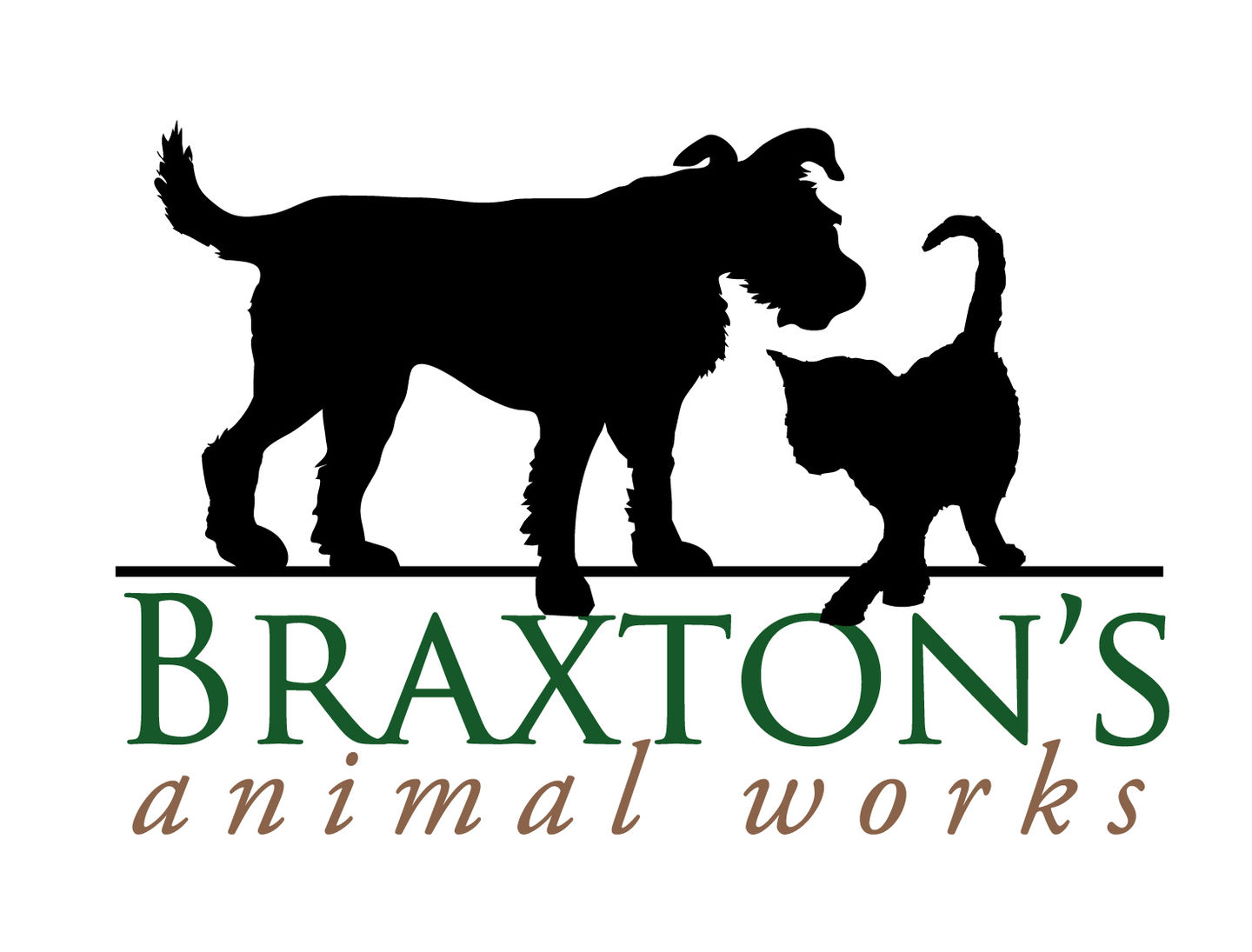Did you know that behavioral issues are one of the top reasons dogs are surrendered to shelters? Or that 67% of dog-related injuries occur because the dog wasn’t properly trained to recall? These shocking statistics highlight just how critical proper training is—not just for your dog’s safety, but for their happiness and your peace of mind.
This National Train Your Dog Month, we’re diving into why training is so important, the risks of skipping it, and how understanding your dog’s cues can transform your relationship.
Why Training Your Dog Matters
Dogs aren’t born knowing how to live in a human world. Training teaches them how to navigate our environments safely, ensuring their well-being and the safety of those around them. Key training benefits include:
- Safety: A strong recall can prevent accidents like running into traffic or encountering aggressive animals.
- Behavioral Health: Proper training reduces stress, anxiety, and frustration in dogs.
- Stronger Bond: Training helps owners and dogs communicate better, building trust and understanding.
The Risks of Skipping Training
Untrained dogs face higher risks, including:
- Injury or Loss: Without good recall, dogs can wander into dangerous situations.
- Strained Relationships: Behavioral issues like barking, jumping, or aggression can create tension between pets and their families.
- Missed Opportunities: Untrained dogs may not get to enjoy outings, dog parks, or other social activities.
Training Yourself First
One of the biggest misconceptions is that training is just for the dog. In reality, owners need to learn how to understand their dog’s cues and respond appropriately. Dogs communicate through body language—wagging tails, ears back, or a stiff posture all mean something. Recognizing these signs is the first step to effective training.
Key Training Tips
- Positive Reinforcement: Reward good behavior with high-value treats like Bocce’s low-cost options, Farmland Traditions Tiny Love treats for a simple ingredient panel, or Stewart Beef Liver treats for dogs needing extra focus.
- Consistency is Key: Train daily in short, manageable sessions for the best results.
- Master Recall Early: Use long 10-30ft leashes (available at Braxton’s) to practice recall safely in open spaces.
- Use Tools Wisely: A clicker is a great way to mark correct behaviors consistently.
- Patience Pays Off: Depending on the behavior, training can take weeks to months. Basic commands like “sit” or “stay” can take a few days to a week, while more complex behaviors or undoing bad habits can take months of consistent effort.
How Long Does Training Take?
Here’s a general timeline for common behaviors:
- Basic Commands: 1-2 weeks with daily practice.
- Recall: 4-6 weeks to establish consistency in varied environments.
- Untraining Bad Habits: 2-6 months, depending on the habit and the dog’s temperament.
Every dog is different, so progress may vary. Celebrate small wins along the way!
Let’s Get Started!
This National Train Your Dog Month, Braxton’s Animal Works is here to support you with tools and treats that make training easier and more effective. Stop by to explore our selection of clickers, training treats, and long leashes designed for safe recall practice. Together, we can help your dog become their best-behaved self!

